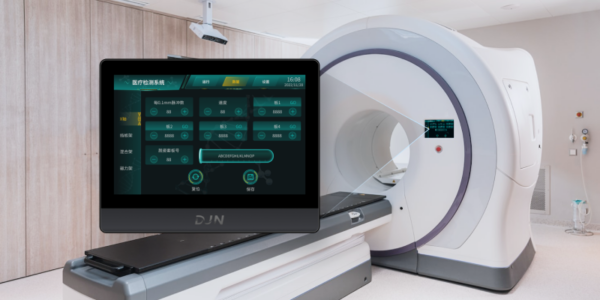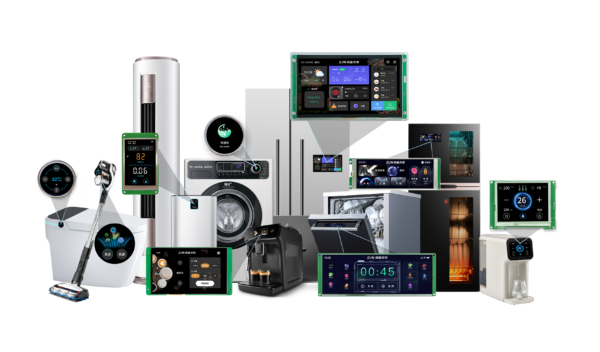
In today’s rapidly evolving technological landscape, one of the most intriguing innovations is the e paper touch display. This cutting-edge technology has revolutionized the way we interact with digital content, offering a unique and immersive experience. In this article, I will delve into the manufacturing process behind e paper touch displays and shed light on its various components.
The Fascinating World of E Paper Touch Displays
E paper touch displays are electronic devices that combine traditional electronic ink technology with capacitive touch functionality. These displays utilize tiny microcapsules filled with positively charged white particles and negatively charged black particles suspended in a clear fluid. When an electric field is applied to these capsules, they move either to the top or bottom of their respective chambers, creating visible patterns.
By integrating capacitive touch sensors into these e paper displays, users can now directly interact with digital content by simply touching or swiping across the screen. This seamless integration provides a natural and intuitive user experience.
The Role of DJN LCD in E Paper Touch Display Manufacturing
DJN LCD (Digital Journaling Network Liquid Crystal Display) plays a crucial role in manufacturing e paper touch displays. It acts as a bridge between traditional liquid crystal display (LCD) technology and electronic ink technology used in e-paper screens.
Through advanced fabrication techniques, DJN LCDs enable precise control over pixel alignment and orientation within each microcapsule chamber. This ensures accurate rendering of images and text on e-paper screens while maintaining optimal visibility under different lighting conditions.
The Evolutionary 7 Inch TFT LCD Display for Enhanced User Experience
An integral component of modern-day e paper touch displays is the 7 inch TFT (Thin-Film Transistor) LCD display. This high-resolution screen provides vibrant colors, sharp images, and excellent contrast ratios.
Manufactured using thin-film transistor technology, these displays offer faster response times and improved refresh rates compared to traditional LCDs. The integration of TFT technology in e paper touch displays enhances the overall user experience by delivering smoother transitions and reducing motion blur.
The Promising Future of E Paper Touch Displays

In conclusion, e paper touch displays have emerged as a remarkable technological advancement that combines the benefits of electronic ink with capacitive touch functionality. Through the utilization of DJN LCDs and 7 inch tft lcd displays, manufacturers are able to create immersive digital experiences for users.
As research continues to push boundaries in this field, we can expect further enhancements in terms of color reproduction, resolution, flexibility, and energy efficiency. With their potential applications ranging from e-readers to smart devices and beyond, e paper touch displays hold immense promise for revolutionizing how we interact with digital content in the future.
